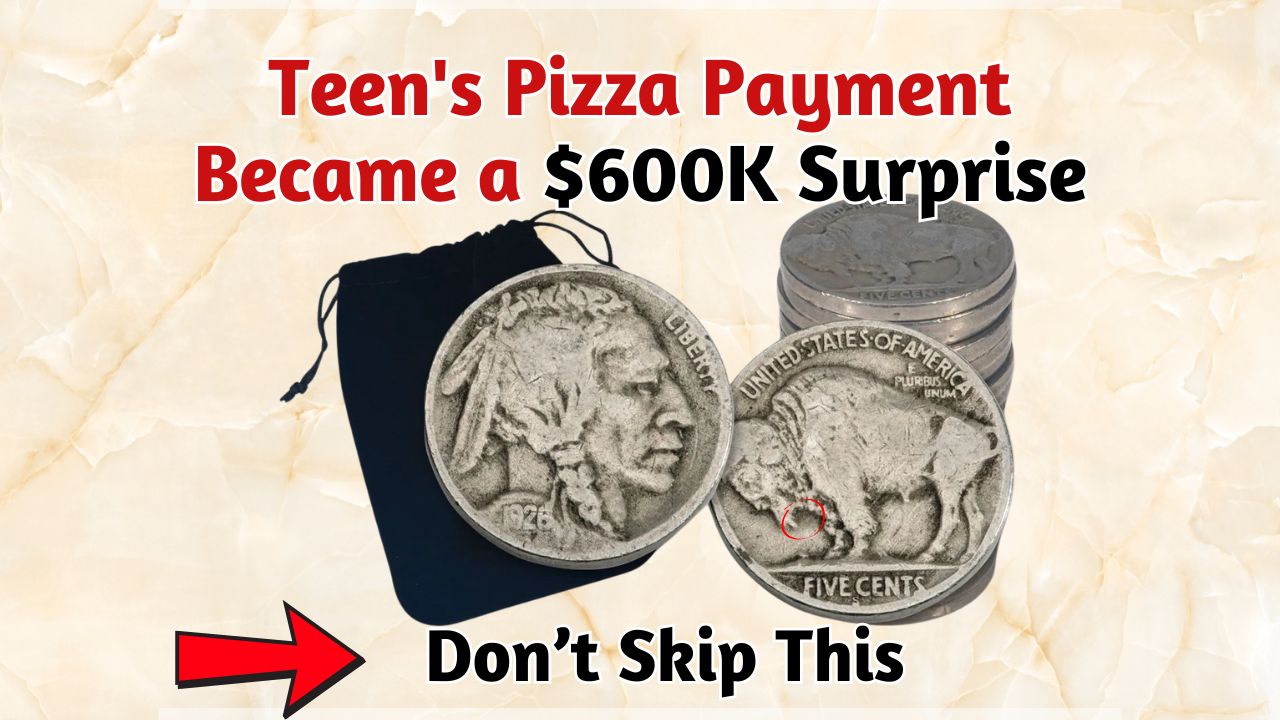Did you know that a regular-looking coin could be worth a fortune? If you have a Bicentennial Quarter, it might just be hiding a treasure. These special coins were released in 1976 to celebrate the 200th anniversary of America’s independence.
Some versions of these quarters are worth millions! One of them is valued at a whopping $36 million, while seven other rare ones could be worth more than $50 million. These coins aren’t just for collectors—they’ve become highly sought-after in the world of rare currency. You might be sitting on a life-changing piece of American history without even knowing it!
What is the Bicentennial Quarter
The Bicentennial Quarter was minted in 1975 and 1976 to celebrate the 200th anniversary of the United States. Instead of the usual eagle on the back, the coin features a colonial drummer along with the dual dates 1776-1976. Even though over 1.6 billion were produced, some special versions or error coins are worth far more than just a quarter.
Estimated Values
| Type of Bicentennial Quarter | Estimated Value (USD) | Key Feature |
|---|---|---|
| Double Die Obverse Error | $36 Million | Lettering appears doubled on the front |
| Off-Center Silver Strike | $52 Million | Coin struck off-center on silver planchet |
| Experimental Clad Composition | $60 Million | Made from test materials never used again |
| Deep Cameo Proof (1976-S Type II) | $51 Million | Mirror finish, limited release |
| Missing Mint Mark San Francisco Proof | $58 Million | Rare error coin with no mint mark |
| Triple Strike Mint Error | $55 Million | Coin struck three times, creating a layered design |
| Clipped Planchet Silver Quarter | $53 Million | A piece of the coin’s edge is missing |
| Reverse Die Break (Cracked Drum) | $50 Million | Visible crack through the drum design on the back |
Coins Worth
Coins can be worth a lot for several reasons:
- Rarity: Coins that are hard to find are more valuable.
- Error coins: Mistakes during minting, like off-center strikes, add value.
- Unique materials: Some coins are made with rare metals or experimental materials.
- Condition: Coins in perfect condition are more valuable.
- Collector demand: Some collectors will pay top dollar for a rare coin to complete their collection.
For example, the $36 million Bicentennial quarter has a double die error, where the letters and numbers appear slightly doubled because of a misalignment during minting. Its perfect condition also makes it incredibly valuable.
How Can You Tell If You Have One?
Identifying a rare Bicentennial Quarter isn’t as hard as it sounds. Here’s how you can check:
- Check the date: It should read 1776–1976.
- Look at the back: It should show a colonial drummer.
- Search for errors: Look for double letters, off-center images, or unusual metal colors.
- Use a magnifying glass: Some rare features are small and easy to miss.
- Weigh the coin: Silver quarters are heavier than regular ones.
If you notice something unusual, it’s best to get it checked by a professional.
Where to Get Your Coin Evaluated
If you think you have one of these rare quarters, don’t rush to sell it. You’ll need to get it graded and authenticated first.
- Visit a local coin shop: Ask for an initial opinion.
- Contact professional grading companies: PCGS or NGC can evaluate your coin.
- Attend coin shows or auctions: Experts there can assess your coin.
Remember, never clean the coin! Cleaning it could lower its value. Keep it in a plastic holder or coin envelope to protect it.
Why Are Collectors Willing to Pay Millions
Collectors and investors are willing to pay millions for these rare coins because they hold both emotional and financial value. Think of it this way: owning one of these rare coins is like owning a piece of art. If only one or two versions of a coin exist and it’s in perfect condition, it’s incredibly valuable.
As time passes, these coins might become even more valuable, especially if fewer high-grade coins are available and demand increases.
Conclusion
It’s incredible to think that a small coin from 1976 could be worth millions today. The Bicentennial Quarter serves as a reminder that rare treasures can be found in the most unexpected places.
So, before you toss that old quarter into a jar or let it collect dust in a drawer, it might be worth taking a second look. You could be holding a piece of history that’s worth more than you ever imagined. Be on the lookout, and don’t overlook the value of what might seem like just another coin.
FAQs
Are all Bicentennial Quarters valuable?
No. Most are worth 25 cents unless they have rare errors or special features.
How do I know if my quarter is silver?
Weigh it. Silver quarters are heavier and have a different edge color.
Can I find one of these rare quarters in circulation?
It’s rare, but possible. Some could still be sitting in old jars or collections.
Where should I sell a rare Bicentennial Quarter?
You can sell it through certified coin dealers, reputable auctions, or online platforms.
What is the most valuable Bicentennial Quarter ever sold?
The double die obverse quarter, worth around $36 million, is the most famous example.












